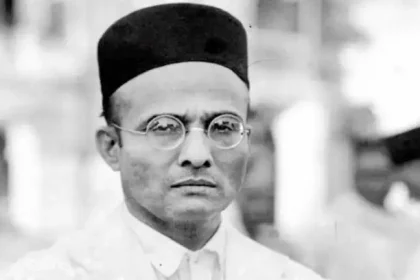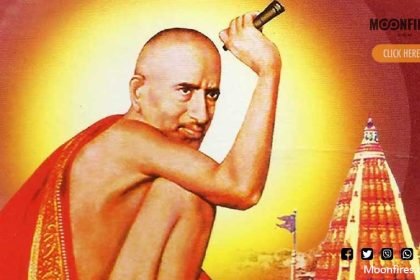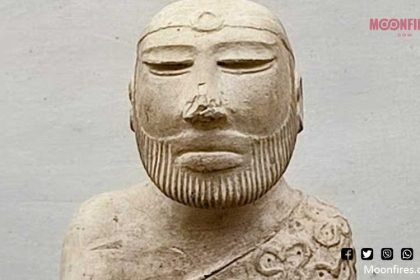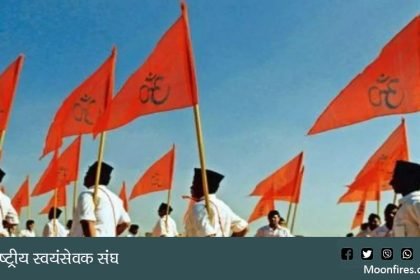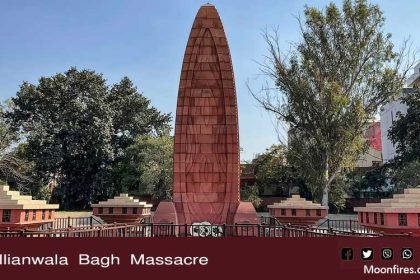The name of this visionary- ‘Sardar’ Vallabhbhai Patel
Vallabhbhai Patel – When a country at the brink of independence was struggling to find its geography of unity, there was one outstanding individual who took upon his shoulders the gigantic task of shaping the edifice of the nation. With his indomitable spirit and relentless efforts, he made it possible to integrate hundreds of remarkably diverse states to form the modern nation-state of India.
Sardar Vallabhbhai Patel was born on 31st October 1875 in Nadiad, Gujarat. A successful lawyer by profession, his life encountered a turning point when Mahatma Gandhi chose him as his deputy commander to lead the Kheda Satyagraha in 1918. Thus, as the leader of a peasants’ protest, Vallabhbhai Patel found the trajectory of his life turning towards a path of public service.
In 1924, Patel was elected President of the Ahmedabad Municipal Board. Taking charge, he revamped the drainage, sanitation, cleanliness and water distribution systems of Ahmedabad.
Vallabhbhai Patel
To their sheer awe, the citizens witnessed the President of the Board taking up a broom and dust cart himself, and cleaning the Harijan quarter of the city. In him, the city of Ahmedabad found a new Hero. Vallabhbhai Patel became increasingly involved with the struggle for independence. It was his role in the Bardoli Satyagraha of 1928 that elevated him to a new pinnacle of national glory.
The peasant movement that became a subject of great discussion across the nation demonstrated the Sardar’s organisational capacity and enthusiasm for tireless action. It was here that he earned the title of ‘Sardar’, the fond epithet by which he continues to be remembered and revered.
Sardar Patel went on to become one of the foremost pillars of the national struggle for freedom. In 1931, he was elected President of the Indian Nation Congress at its Karachi Session. At a time when the nation was in tumult over the execution of Bhagat Singh, Sukhdev and Rajguru, he made a sombre speech that reflected the sentiment of the hour.
With the passing of the Indian Independence Act 1947, the long-cherished dream of freedom was finally at the doorstep. However, massive obstacles lay ahead. At the time of Independence, India consisted of British India and the Princely States. There were 17 British Indian provinces, and the Princely States- comprising about two fifths of the geographic territory of the country- numbered more than 560. While the Indian Independence Act ceded control of British India to the Indian Government, rulers of the Princely States were given the option to decide whether they wanted to accede to India or Pakistan or neither.
Tact and diplomacy
Sardar Patel stepped in to ensure the accession of the princely states and integrate them into the Union of India. On 25 June 1947, the States Department was formed under Sardar Patel. VP Menon was appointed its Secretary. These two individuals made a formidable team whose tact and diplomacy made it possible to overcome apparently insurmountable hurdles.
On 15 August 1947, Sardar Patel took oath as the first Deputy Prime Minister, as well as the first Home Minister of independent India. He also took charge of the Information and Broadcasting Ministry.
The saga of accession unfolded with its own challenges and landmark achievements. In June 1947, Jodhpur, after having attempted negotiations for better terms with Pakistan, had acceded to India following several meetings and negotiations. Subsequently, in July 1947, Travancore had announced that it would assert its right to remain independent. Patel’s diplomacy and statesmanship eventually brought the Raja of Travancore on board. This decision had a significant impact on the rulers of other states who had hitherto vacillated on the issue of Accession.
Junagadh
The Nawab of Junagadh decided to accede to Pakistan, even as the people of the state remained staunchly opposed to it. Junagadh was finally integrated into India with Sardar Patel’s resolute efforts. In February 1948, in a landmark plebiscite, an overwhelming majority of people in Junagadh cast their votes in favour of remaining in India.
Raja Hari Singh of Kashmir had been undecided about accession. However, with Kashmir coming under attack from Pakistan in October 1947, the Raja sought urgent assistance from Dr Rajendra Prasad administers the Oath office to Sardar Patel At a Press Conference on the Integration of States India. Help was extended, and the Raja signed the Instrument of Accession in return. The terms of Kashmir’s accession were worked out in the period between October 1947 and 26 November 1949, when the Constituent Assembly was drafting the Constitution of India.
Article 370
Article 370 was introduced in the Constitution in Part XXI (Temporary, Transitional and Special Provisions) to preserve the specific terms under which Kashmir had agreed to accede to India. Under Article 370, the President could, with the Constitution (Application to Jammu and Kashmir) Order 1954, decide provisions of the Indian Constitution which were to be applied to Jammu and Kashmir with or without modification. Jammu and Kashmir thus retained a Special Status and enacted own Constitution.
Hyderabad
Nizam Mir Usman Ali Khan Bahadur of Hyderabad had signed a Standstill Agreement with the Government of India to maintain a temporary status quo. However, communal tensions and violence in the State prompted Patel to take action. The Indian Army moved into Hyderabad under Operation Polo. On 17 September 1948, the Nizam announced a ceasefire and Hyderabad was absorbed into the Indian union.
Sardar Patel’s life and career is a lesson in grit, sagacity and decisive leadership. He earned the reputation of ‘Iron Man’ because of the manner in which he brought about and maintained internal stability as Home Minister in the wake of the partition of the country. Sardar Patel with Raja Hari Singh of Kashmir Sardar Patel with Nizam of Hyderabad Another illustrious contribution made by Sardar Patel was the creation of All India Services.
He had envisioned these services as the ‘Steel frame of India’ that would further safeguard the country’s unity and integrity. He considered the officers of the Services as partners in administration and expected them to maintain the highest standards of integrity and honesty.
15 December 1950
On 15 December 1950, the Iron Man of India breathed his last. He had successfully accomplished the task of integrating 565 Princely States into the Union of India within a remarkably short span of time- a feat unprecedented in history.
The process of national unification continued in subsequent years. In 1954, after prolonged negotiations, the French authorities handed over Pondicherry and other French possessions to India. In December 1961, Indian troops moved into Goa, which had remained under Portuguese control. With Operation Vijay, Goa, Daman and Diu were annexed into the Indian union and made into a centrally administered Union Territory of India. Later, in May 1987, the Union Territory was split, and Goa was made India’s twenty-fifth state, with Daman and Diu
remaining Union Territories.
In May 1975, Sikkim, which had hitherto held the position of a protectorate state, was merged with India. Monarchy was abolished. Sikkim became a state of the Indian Union by the 36th Constitution Amendment Act of 1975, further strengthening the territorial integrity of the nation.
Sardar Patel with probationers of All India Services
On 5 August 2019, Article 370 of the Constitution granting a temporary special status to Jammu and Kashmir was abrogated in recognition of J & K being an inalienable part of India. This completed the true unification and consolidation of the nation as Sardar Patel had envisioned.
Sardar Patel left a lasting legacy by integrating pieces of an immensely complicated jigsaw into a cohesive whole that is the India as we know it today. He is indeed the epitome of national unity. To celebrate this remarkable individual, 31 October- his birth anniversary- is being observed as National Unity Day since 2014.
On 31 October 2018, Prime Minister Narendra Modi dedicated the world’s tallest statue – the ‘Statue of Unity’ to the nation. Standing tall at 182 metres against the backdrop of the dramatic Satpura and Vindhyachal hills in Kevadia, Gujarat, this statue of Sardar Vallabhbhai Patel stands as an ode to one of the most venerated leaders the country has known.
References:
• http://sardarpatel.nvli.in/time-lines/glimpse-life-sardar-patel
• https://www.pib.gov.in/PressReleseDetailm.aspx?PRID=1669014
• https://www.epw.in/engage/article/article-370-short-history-kashmirs-accession-india
• https://www.dip.goa.gov.in/history-of-goa/
• https://pib.gov.in/PressReleseDetailm.aspx?PRID=1581308
• https://pib.gov.in/PressReleasePage.aspx?PRID=1551231


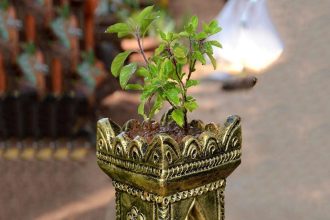



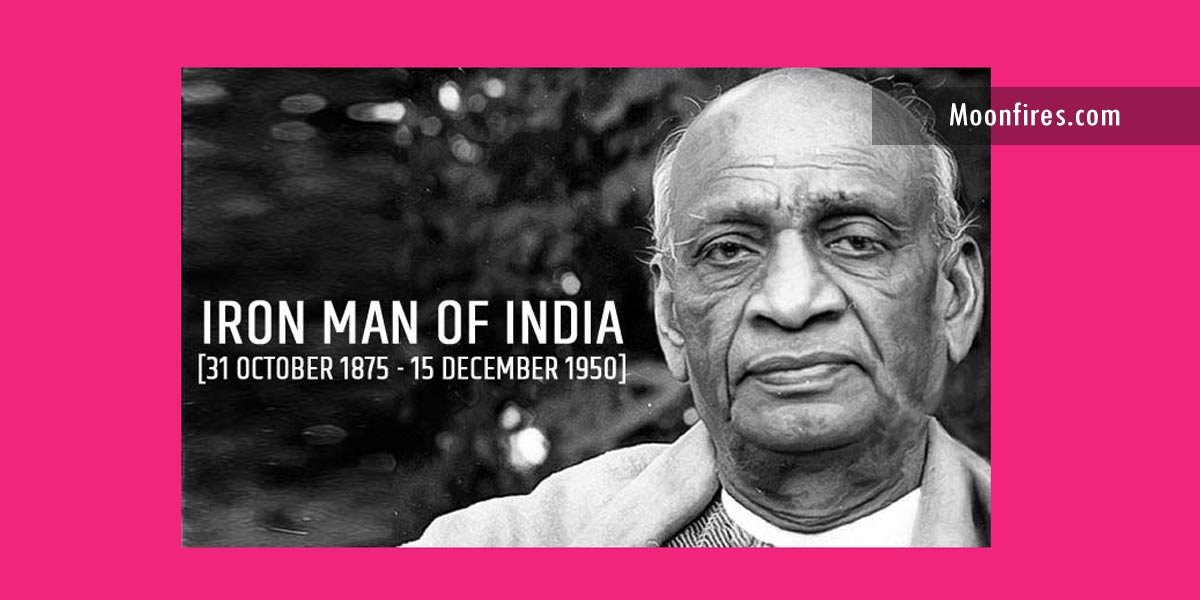
 If you want to use your preferred UPI app, our UPI ID is raj0nly@UPI (you can also scan the QR Code below to make a payment to this ID.
If you want to use your preferred UPI app, our UPI ID is raj0nly@UPI (you can also scan the QR Code below to make a payment to this ID.